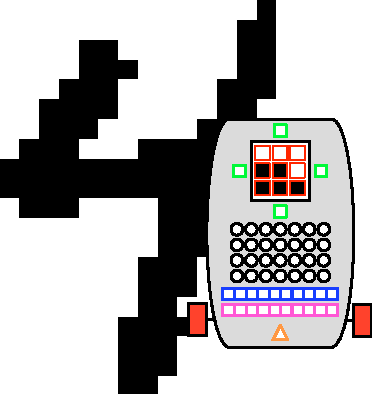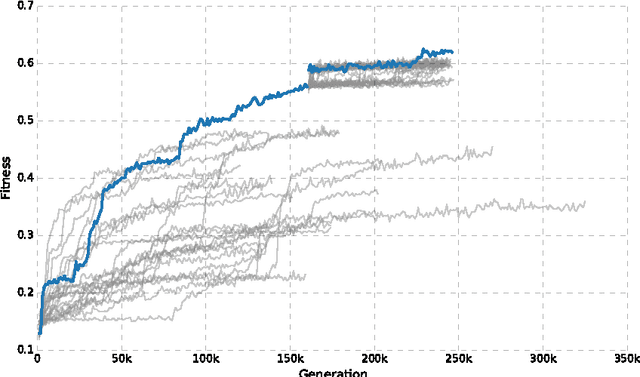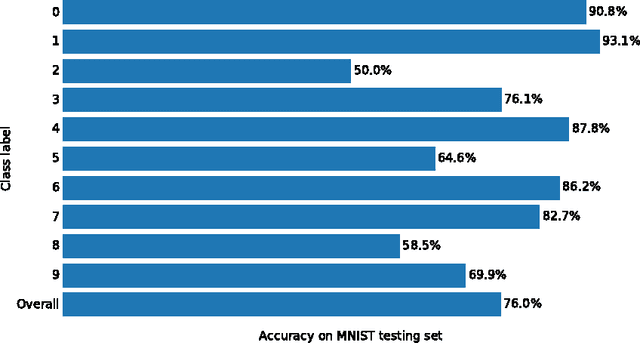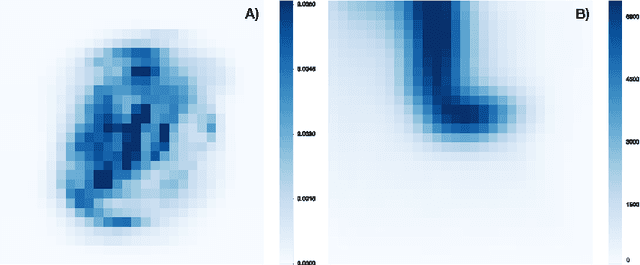Evolution of active categorical image classification via saccadic eye movement
Paper and Code
Jun 16, 2016



Pattern recognition and classification is a central concern for modern information processing systems. In particular, one key challenge to image and video classification has been that the computational cost of image processing scales linearly with the number of pixels in the image or video. Here we present an intelligent machine (the "active categorical classifier," or ACC) that is inspired by the saccadic movements of the eye, and is capable of classifying images by selectively scanning only a portion of the image. We harness evolutionary computation to optimize the ACC on the MNIST hand-written digit classification task, and provide a proof-of-concept that the ACC works on noisy multi-class data. We further analyze the ACC and demonstrate its ability to classify images after viewing only a fraction of the pixels, and provide insight on future research paths to further improve upon the ACC presented here.
 Add to Chrome
Add to Chrome Add to Firefox
Add to Firefox Add to Edge
Add to Edge